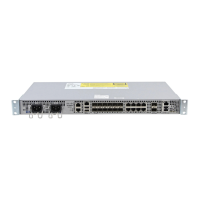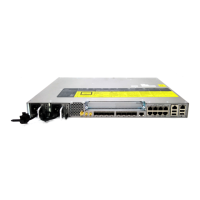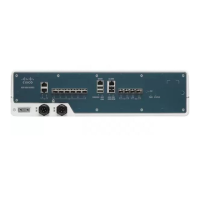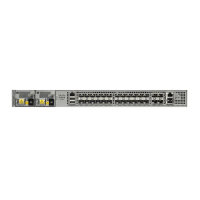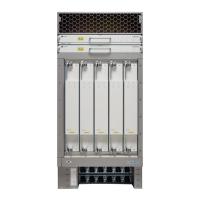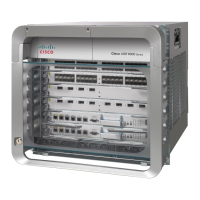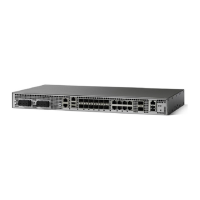Benefits of LLDP-MED
•
Follows an open standard
•
Supports E-911 emergency service, which is aided by location management
•
Provides fast start capability
•
Supports interoperability between multivendor devices
•
Supports inventory management (location, version, etc.)
•
Provides MIB support
•
Supports plug and play installation
•
Provides several troubleshooting (duplex, speed, network policy) mechanisms
TLV Elements
Link Layer Discovery Protocol (LLDP) and LLDP-Media Endpoint Discovery (MED) use Type-Length-Values
(TLVs) to exchange information between network and endpoint devices. TLV elements are embedded in
communications protocol advertisements and used for encoding optional information. The size of the type
and length fields is fixed at 2 bytes. The size of the value field is variable. The type is a numeric code that
indicates the type of field that this part of the message represents, and the length is the size of the value field,
in bytes. The value field contains the data for this part of the message.
LLDP-MED supports the following TLVs:
• LLDP-MED capabilities TLV—Allows LLDP-MED endpoints to determine the capabilities that the
connected device supports and has enabled.
• Network policy TLV—Allows both network connectivity devices and endpoints to advertise VLAN
configurations and associated Layer 2 and Layer 3 attributes for the specific application on that port.
For example, the switch can notify a phone of the VLAN number that it should use. The phone can
connect to any switch, obtain its VLAN number, and then start communicating with the call control.
By defining a network-policy profile TLV, you can create a profile for voice and voice signalling by specifying
the values for VLAN, class of service (CoS), differentiated services code point (DSCP), and tagging mode.
These profile attributes are then maintained centrally on the switch and propagated to the phone.
• Power management TLV—Enables advanced power management between LLDP-MED endpoint and
network connectivity devices. Allows switches and phones to convey power information, such as how
the device is powered, power priority, and how much power the device needs. Supports advertisement
of fractional wattage power requirements, endpoint power priority, and endpoint and network
connectivity-device power status but does not provide for power negotiation between the endpoint and
the network connectivity devices. When LLDP is enabled and power is applied to a port, the power TLV
determines the actual power requirement of the endpoint device so that the system power budget can be
adjusted accordingly. The switch processes the requests and either grants or denies power based on the
current power budget. If the request is granted, the switch updates the power budget. If the request is
denied, the switch turns off power to the port, generates a syslog message, and updates the power budget.
If LLDP-MED is disabled or if the endpoint does not support the LLDP-MED power TLV, the initial
allocation value is used throughout the duration of the connection.
Carrier Ethernet Configuration Guide (Cisco ASR 920 Series)
331
Using Link Layer Discovery Protocol in Multivendor Networks
TLV Elements
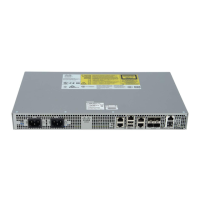
